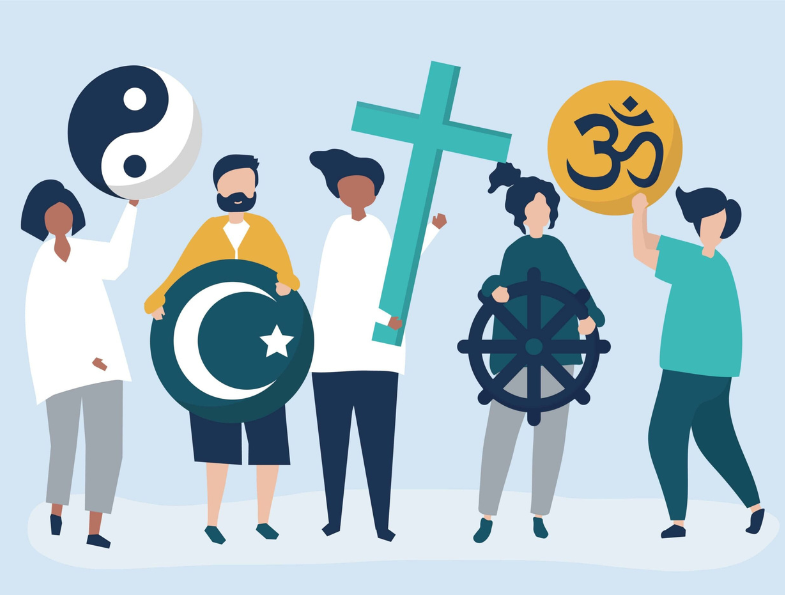Vietnam religion: Discover unique religions in Vietnam
Religions are important organizations that help shape people's lifestyles, not only that, religions also affect every aspect of a country's life. However, Vietnam is an atheist country with the vast majority of people not following any religion. This is one of the countries with the highest number of circulating religions in the world. In this article, VietNam Local Guide will explore with you the unique Vietnam religion.
Introduction to Vietnam religion
Vietnam religion is very diverse, mainly divided into endogenous religions and imported religions. Endogenous religions are religions that were born and developed by the Vietnamese people themselves. Meanwhile, foreign religions were introduced by missionaries from other countries. In addition, there are a number of foreign religious sects that were imported but were harmonized by the Vietnamese and created a new religious sect. According to statistics, about 80% of Vietnamese people do not follow any religion, but they still go to religious places to hold ceremonies, or ask religious places to take care of funerals and ceremonies. worship.
Buddhism
Buddhism is a Vietnam religion introduced from other countries. This is one of the largest Vietnam religion, and is also a system of philosophy originating from India that includes a series of teachings, philosophical ideas as well as ideas and thoughts about human life. perspective, cosmology, worldview, explaining natural, spiritual, social phenomena, the nature of things and events; The methods of practice and practice are based on the original teachings of a real historical figure named Siddhartha Gautama and the traditions and beliefs formed in the process of spreading and developing development of Buddhism after the time of Siddhartha Gautama. Vietnamese Buddhism is very diverse including:
Mahayana Buddhism
This Vietnam religion is mainly in Northern Vietnam, introduced during the Northern colonial period by Chinese monks - who studied modified dharma compared to original Buddhism. This is the Vietnam religion that accounts for the majority of practitioners among Vietnamese religious followers
Hinayana Buddhism
This Vietnam religion is mainly in southern Vietnam, and was transmitted during the expansion of the Nguyen lords in the 15th and 16th centuries. Theravada Buddhism was mostly transmitted from neighboring countries such as Thailand, Laos or Cambodia. This is a branch of Buddhism that follows the original teachings, almost completely different in practice compared to Mahayana Buddhism, but the ultimate goal is still liberation.
Hoa Hao Buddhism
Is a Vietnam religion closely tied to the Buddhist tradition, founded by Venerable Huynh Phu So in 1939 in Hoa Hao village, Tan Chau district (now Phu My Town, Phu Tan district, An Giang Province). Hoa Hao religion developed in the Southwest region, calling for people to live in harmony. This Vietnam religion highly values the philosophy of "Buddha in the heart", encourages simple worship rituals (only flowers and clean water) and eliminates superstition. The ceremonies are held very simply and modestly, with no food, drinks or festivals. Ceremonies, weddings and funerals are not as elaborate as often seen in other religions. Religion has no monks, no church organization, but only a few dignitaries who take care of religious and worldly affairs.
The Four Ways of Filial piety
The Tu An Hieu Nghia religion, abbreviated as Hieu Nghia religion, is mainly found in southern Vietnam and was founded by Ngo Loi (often called Duc Bon Su by followers). In the beginning, the religion was one of the Can Vuong movements, but used a religious form to gather followers and to blind the French colonialists. After King Ham Nghi was exiled and Ngo Loi died, the movement disintegrated, leaving only religious activities.
Dao Buu Son Ky Huong
Buu Son Ky Huong religion (also known as Lanh religion) was founded in 1849 by a man with the nickname Doan Minh Huyen (1807-1856), whose religious name was Giac Linh, from Tong Son village, Cai Tau Thuong, An Thanh Thuong district, Sa Dec province (now Dong Thap province). Later, when he came to practice at Tay An Pagoda (Sam Mountain, Chau Doc), his followers respectfully called him Buddha Master Tay An.
Pure Land Buddhist Association of Vietnam
Founded by the head of the Pure Land Buddhist Association of Vietnam, Venerable Master Minh Tri, his real name is Nguyen Van Bong, born in the year of the Dog (1886) in Tan My commune, An Thanh Thuong canton, Sa Dec province, as the second child. seven of Mr. Nguyen Van Binh and Mrs. Nguyen Thi An. From a young age, he researched medicinal remedies to save lives and enlightened Buddhist teachings. With his existing foundation and intellectual qualities, he quickly mastered Vietnamese traditional medicine and advocated using traditional medicine to help people and propagate Buddhism.
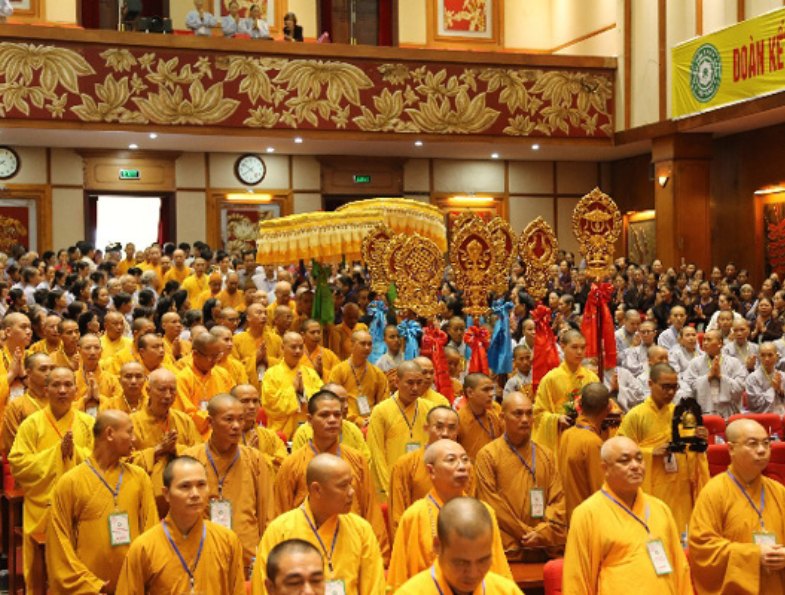
Catholic
Catholicism came to Vietnam in the 16th century, and developed quite strongly from the 17th century thanks to Portuguese and Italian Jesuit missionaries. The Paris Missionary Society, the Dominican Order, the Eucharistic Order, and the Franciscan Order supported the missionary work. By the end of the 18th century, Catholicism had become a solid part of the Vietnamese spiritual and social landscape, especially in Dang Ngoai. Many Western missionaries served in the Cochinchina government. During the Nguyen Dynasty, Catholicism was allowed to operate by King Gia Long but was severely persecuted under the reigns of Minh Mang, Thieu Tri, Tu Duc and the Van Than movement. Relations between Catholics and the Nguyen dynasty improved again under Dong Khanh and Thanh Thai. The first Vietnamese bishops were appointed in the 1930s, and dioceses were gradually given to the care of local clergy. After the 1954 exodus, there were more believers in the South than in the North.
Currently, the number of Catholics accounts for the majority of the proportion of religious followers in Vietnam, second only to Buddhism. Catholics in the North are mainly in the South, while in the South, Catholicism was widely spread during the Vietnam War.
Protestantism
Protestantism was introduced to Vietnam in 1911. At first this religion was only allowed in some areas; By 1920, Protestantism was allowed to operate throughout Vietnam. In 1927, the Vietnam Protestant Church (supported by the United Evangelical Mission Association) was officially established.
Other Protestant denominations such as Baptist, Presbyterian, Mennonite, and Pentecostal continue to preach the Gospel in Vietnam, while actively participating in social activities. In 2019, the number of Protestants in Vietnam according to official data was 960,558 people, mainly concentrated in the Central Highlands, Northwestern mountainous areas, and some urban areas. Protestantism is currently the fastest growing Vietnam religion.
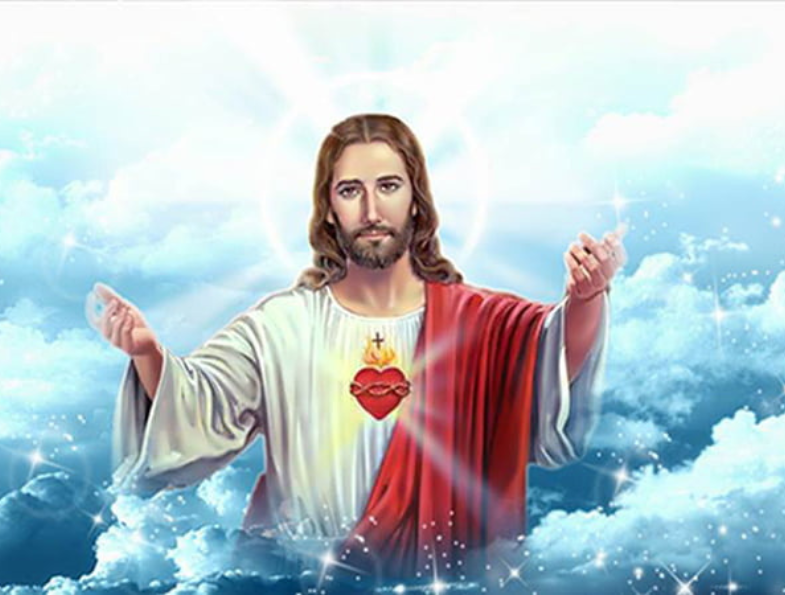
Cao Dai
Cao Dai, or Dai Dao Tam Ky Pho Do, is an indigenous Vietnam religion founded by Ngo Van Chieu, Cao Quynh Cu, and Pham Cong Tac in 1926, with the center being the Tay Ninh Holy See. This Vietnam religion worships the Most Venerable Jade Emperor. Cao Dai followers practice dogmas such as not killing, living honestly, being sociable, doing good, avoiding evil, helping others, praying, worshiping ancestors and practicing love for all living things through work. Fasting with the minimum goal of bringing happiness to everyone, bringing everyone back to God in Heaven and the ultimate goal of bringing all species out of the cycle of reincarnation.
According to 2019 statistics, there are 556,234 Cao Dai followers distributed in 39 provinces and cities nationwide, the largest number being in Tay Ninh and about 30,000 more followers living in North America, Europe and Australia. Cao Dai religion has become the third largest Vietnam religion
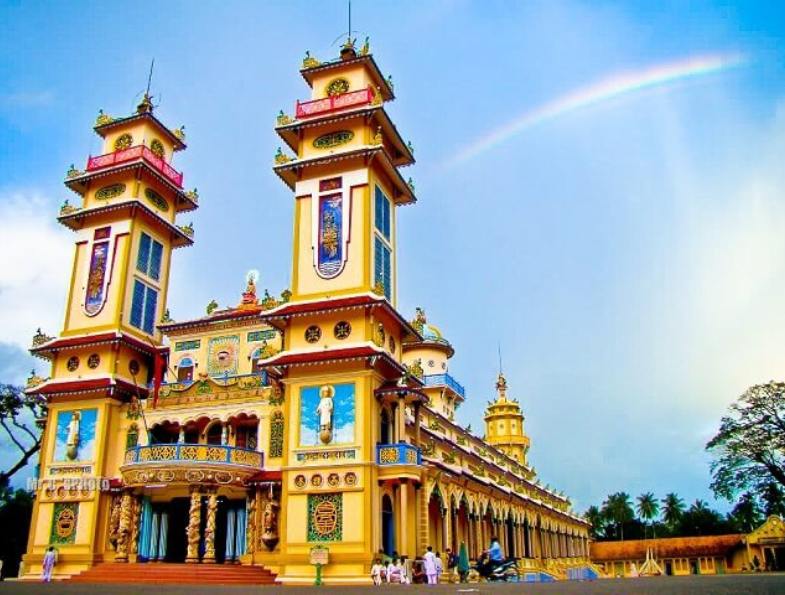
Islamic
Most Muslims in Vietnam are Cham, but 1/3 of Muslims are from other ethnicities. It is believed that Islam was first introduced to Vietnam around the 10th and 11th centuries, in the Cham community. In 2019, there were about 70,934 Muslims in Vietnam, mainly in Binh Thuan, Ninh Thuan, An Giang, Tay Ninh, Dong Nai, and Ho Chi Minh City, of which the largest number is in Ninh Thuan with 44,990 believers. There are two Muslim sects of the Cham people: the Cham people in Chau Doc, City. Ho Chi Minh, Tay Ninh and Dong Nai follow orthodox Islam, while the Cham people in Binh Thuan and Ninh Thuan follow the Cham Ba Ni sect.
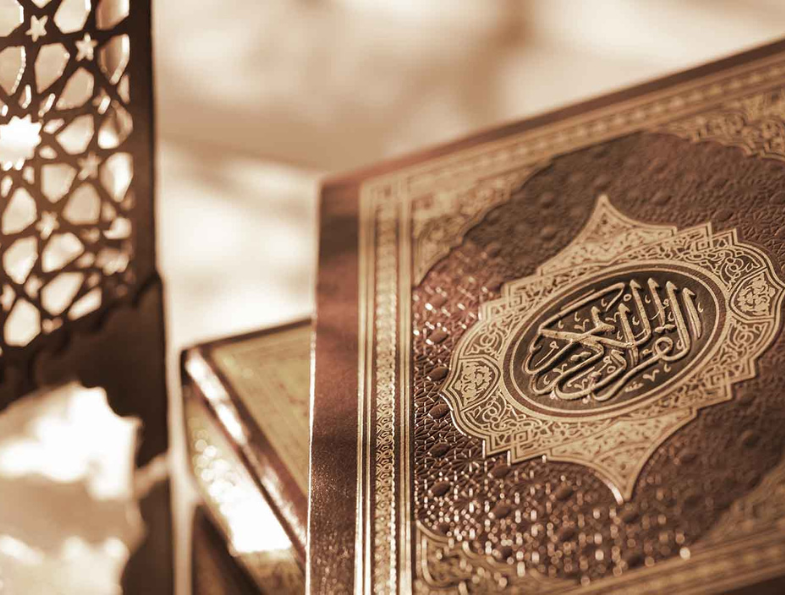
Taoist
Taoism or Taoism originated in China and was transmitted to Vietnam during the Northern domination period. It flourished during the feudal period, contributing a significant part in the historical development of Vietnam, as bright as Buddhism. But up to the present time, Taoism has ceded its brilliant glory to Buddhism. Currently, Taoism only has a few "Quan" still operating and accounts for a limited number of followers mainly in Northern Vietnam.
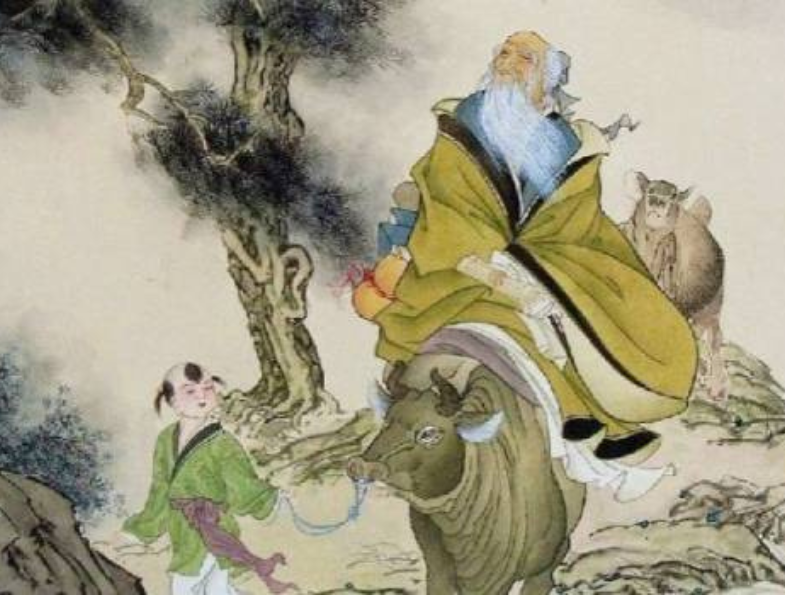
Confucius
Vietnam was a Confucian country in the past. However, this is more of an ideology than a religion. Confucianism emphasizes responsibility between relationships in society such as king - subject, wife - husband, parents - children. Up to now, although society has developed and some Confucian ideas are no longer suitable. However, if you ignore all that, this is still a good ideology that modern people should rely on to become better.
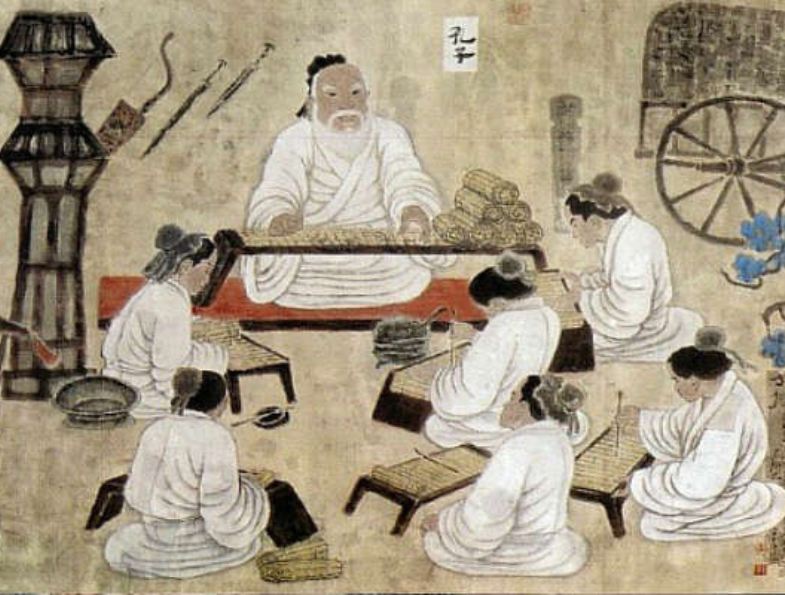
Local beliefs
Ancestor worship belief
This is a popular belief among Vietnamese people. No matter what religion they follow, they must always reserve the most important place in the house to remember their deceased loved ones.
Belief in mother worship
The belief in mother worship originates from the founding period of the Vietnamese people, whose ethnic origin is the matrilineal gathering period. Later, the belief in mother worship gradually combined with the Chinese deity system during the northern colonial period and gave birth to the three-fu and four-fu deity system. In addition, in the deity system of mother worship, those who have contributed to the country are also honored and worshiped together. Currently, there is still much controversy over whether mother worship should be considered a One of the beliefs of Vietnamese people, or should be classified as a religion.
Belief in worshiping local gods
This is one of the local beliefs. With the previous form of society, each village had a guardian god and was called the village Thanh Hoang. Each Tet holiday is often attended by a large number of people, with the main participants being villagers. However, up to now, the belief of worshiping Thanh Hoang only appears in the countryside or suburban areas and is practiced. organized on a small scale among the elders in the village.
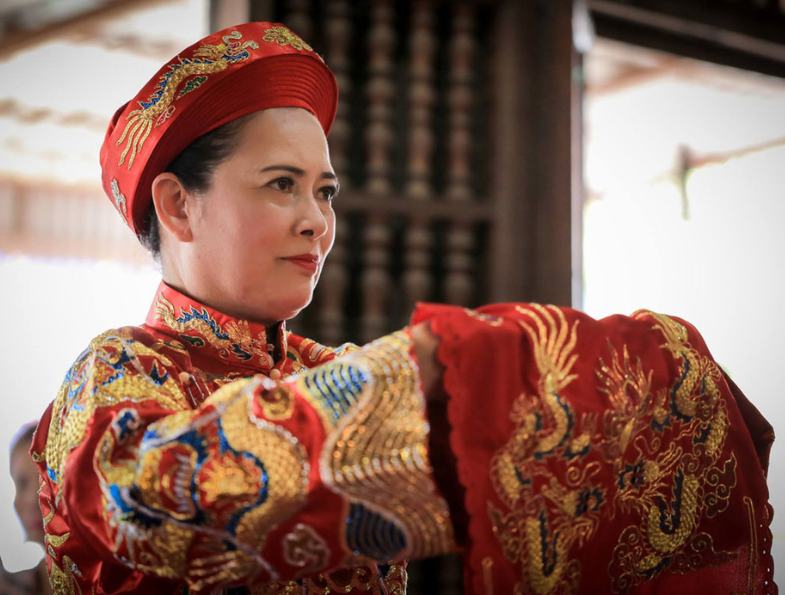
Conclude
Vietnam is a religiously diverse country, however the majority of people in this country do not follow any religion. In addition to the Vietnam religion that VietNam Local Guide has just introduced to you, Vietnam still possesses countless other religions and beliefs. The special thing about the Vietnamese spiritual system is that no matter what religion they follow, they still follow ancestral belief rituals. This is the invisible connection that has never happened before in Vietnam religion conflicts like other countries.
See more
-
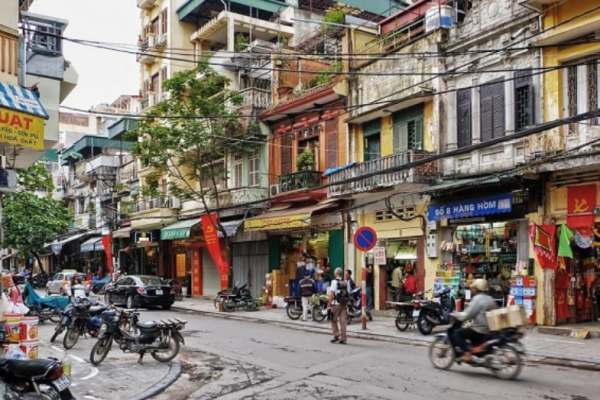
Hanoi Old Quarter: What keeps tourists coming?
Hanoi Old Quarter , is one of the most attractive destinations to explore and experience the traditional culture of the capital Hanoi, Vietnam. With more than 1,000 years of history, this...
-
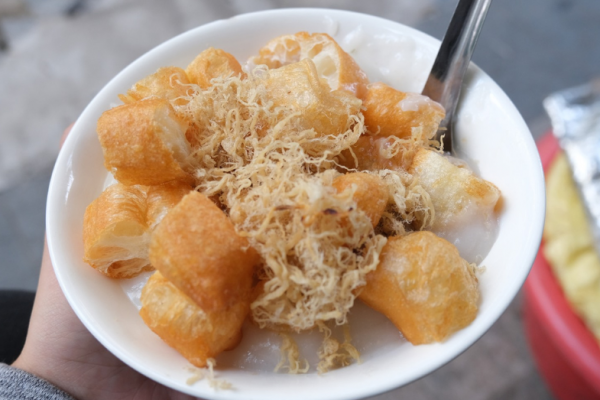
Hanoi food: Unique dishes that you should try when coming to Hanoi
Referring to Hanoi food , or more broadly, dishes in Vietnam. Foreign tourists will immediately enjoy dishes like Pho, Banh Mi, Egg Coffee, etc. These dishes seem to have become trademarks and no...
-
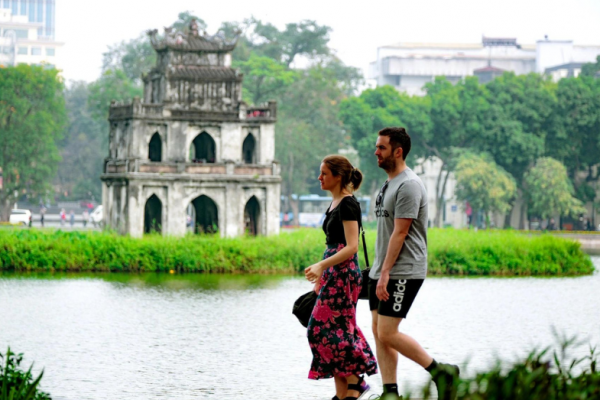
Hanoi attraction: Activities that attract tourists in Hanoi
Hanoi, the capital of Vietnam, is an attractive destination with rich historical culture, beautiful landscapes, and friendly people. Below are some activities in Hanoi attraction tourists when...
-
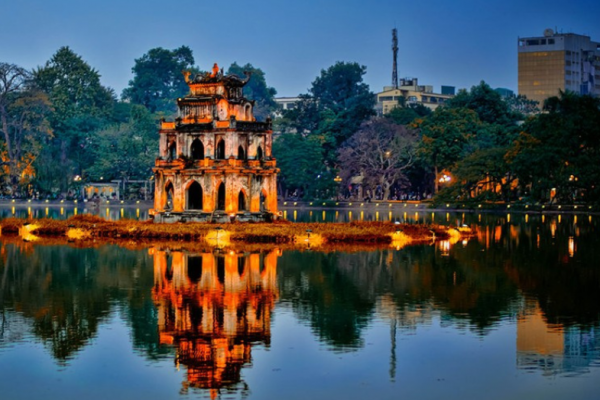
Ha Noi: The most romantic city in Vietnam
Referring to the most romantic cities. Surely many people often think of Venice in Italy or Paris in France. However, in Southeast Asia there is also an extremely romantic city that has captivated...
-
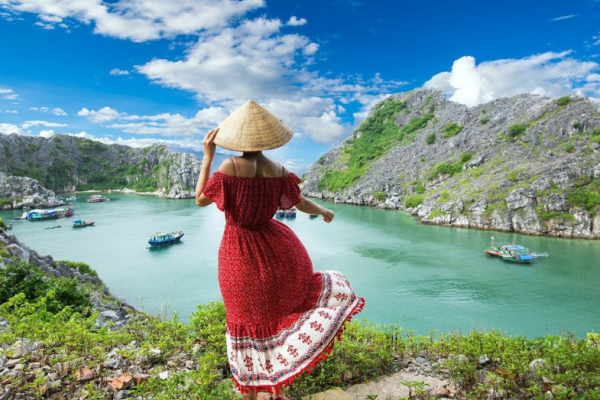
10 Vietnam beaches that you should visit once
With more than 3,200 km of coastline, it is no surprise that Vietnam possesses many beautiful beaches and many small bays with smooth white sand and clear blue sea water. These are ideal...
